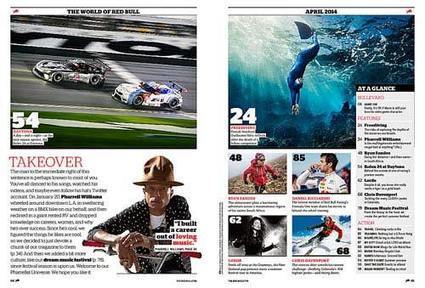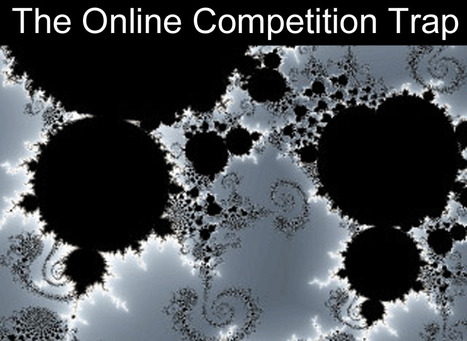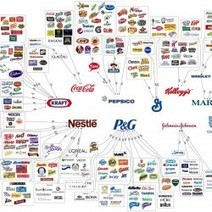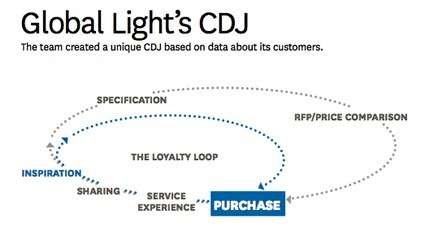We shocked a SEO Meetup suggesting 90% curation to 10% content creation. This deck explains why you MUST curate content. Content curation is a CSF (Crtical Success Factor) for online marketing.
7 Reasons You Must Curate Content
* Can't Create Sustainable Online Community Without Curating.
* Reach.
* Costs.
* Digitally Listening (is different).
* Authority.
* Tribes.
* Sustainable Online Community (so important its worth two listings).
Content curation is how you TEST and so protect your site's content creation. Content curation lowers your content creation costs and insures your current SEO ranks. Bet you agree, after flipping through this Hailku Deck (slides) content curation is a CSF (Critical Success Factor) for digital marketing.
Promise to follow with a deck on our favorite tools for content curation with @Scoop.itat the top of the list.
WOW, over 500 views in six hours thanks to Haiku Deck making Content Curation: 7 Reasons You Must a Featured Deck:
https://www.haikudeck.com/gallery/featured
Go directly to the deck
http://shar.es/1X0Rrc
Get Started for FREE
Sign up with Facebook Sign up with X
I don't have a Facebook or a X account
 Your new post is loading... Your new post is loading...
 Your new post is loading... Your new post is loading...

Martin (Marty) Smith's comment,
April 19, 2013 2:08 PM
Irvin There is a trick. Convert your Social Media into some currency you are more familiar with. Divide followers by your sales or profits or traffic and you create a ratio between a leading and following indicators. Sales is following, traffic is leading. I just put a riff about this on Martin W. Smith on G+ too.

Irvin Banut's comment,
April 19, 2013 3:49 PM
Thank you so much Martin for this valuable insight. I will definitely check out Google+ as well.

Drew Hodges's curator insight,
February 19, 2015 5:58 PM
This article looks at how we have almost become lazy with our sampling methods. For example when we look up keyword searches like a brand name, it is more effective to look at the whole conversation. Another common metric we use is using sample sets of data, although there is so much data it would be impossible to look at every single piece of data, it is important to set a sample size big enough so that the data has minimal outliers. For example a sample size of 10 might give you a totally different picture than a sample size of 100.
What is not talked about in this article that was touched on in class was the idea of getting the whole picture. For example with software they may be using keywords like they say in the article but it may not have the typical connotation when read in context of the statement. |
|








![Is Your Business Monitoring What Matters On Social Media? [INFOGRAPHIC] | BI Revolution | Scoop.it](https://img.scoop.it/D2QX9Dfpc0M-CiaG2IVC9Tl72eJkfbmt4t8yenImKBVvK0kTmF0xjctABnaLJIm9)



![3 Tips Turn Social-Media Strategy Into Brand Engagement [+ Marty Note] | BI Revolution | Scoop.it](https://img.scoop.it/bMCyLaZrga5ZdehM2-W74jl72eJkfbmt4t8yenImKBVvK0kTmF0xjctABnaLJIm9)




